In the world of dried fruits, dates are a well-loved and versatile option that offer a natural sweetness and a plethora of health benefits. Among the various types of dates available, yellow dry dates and brown dry dates are two popular varieties that stand out for their unique characteristics and flavors. While both yellow and brown dry dates share similarities in terms of taste and nutritional value, there are some key differences that set them apart. In this article, we will delve into the differences between yellow dry dates and brown dry dates, exploring their flavors, textures, nutritional profiles, and culinary uses to help you make an informed choice when selecting dates for your next culinary adventure. Color and Appearance One of the most obvious differences between yellow dry dates and brown dry dates is their color and appearance. Yellow dry dates, also known as golden dry dates, are characterized by their vibrant yellow-orange hue and glossy exterior. These dates have a slightly translucent appearance and a smooth texture that sets them apart from their brown counterparts. On the other hand, brown dry dates, which are the more common variety, feature a dark brown to blackish color and a wrinkled and matte surface. The color and appearance of yellow dry dates and brown dry dates can vary depending on factors such as the variety of date palm, growing conditions, and processing methods. Flavor and Taste When it comes to flavor and taste, both yellow dry dates and brown dry dates offer a rich and sweet profile that makes them a popular choice for snacking and cooking. Yellow dry dates are known for their mild and delicate flavor with hints of honey and subtle floral notes. The sweetness of yellow dry dates is balanced and not overpowering, making them a versatile ingredient in both sweet and savory dishes. In contrast, brown dry dates are prized for their deeper and more intense caramelized flavor with notes of toffee, molasses, and a slight nuttiness. The flavor of brown dry dates is robust and complex, lending a unique depth to dishes where a bold sweetness is desired. Texture and Consistency Another distinguishing feature between yellow dry dates and brown dry dates is their texture and consistency. Yellow dry dates have a soft and moist texture that is tender and easy to chew. These dates are often described as plump and succulent, with a melt-in-your-mouth quality that makes them a delightful snack on their own or as an addition to baked goods and desserts. On the other hand, brown dry dates have a firmer and denser texture that is chewier and more substantial. The flesh of brown dry dates is slightly drier and less juicy compared to yellow dry dates, offering a satisfying chew that can add texture to dishes like energy bars, salads, and stews. Nutritional Value In terms of nutritional value, both yellow dry dates and brown dry dates are a powerhouse of essential nutrients that contribute to overall health and well-being.

.
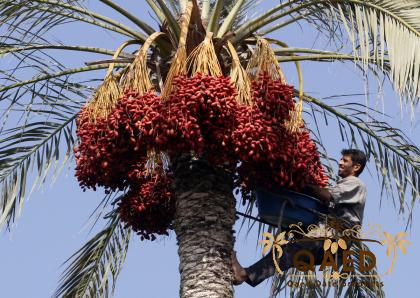 Dates are packed with vitamins, minerals, and antioxidants that offer a range of health benefits, including improved digestion, boosted immunity, and enhanced energy levels. Yellow dry dates and brown dry dates are rich in fiber, potassium, magnesium, and vitamins A and K, making them a nutrient-dense snack that can support a balanced diet. While the exact nutritional content may vary slightly between yellow and brown dry dates, the overall health benefits of consuming either variety remain significant. Culinary Uses Yellow dry dates and brown dry dates can be used in a variety of culinary applications to add sweetness, flavor, and texture to a wide range of dishes. Yellow dry dates are well-suited for recipes that call for a subtle and mellow sweetness, such as smoothies, granola bars, and salad dressings. Their tender texture and delicate flavor make them a favorite choice for baking, where they can be incorporated into cakes, cookies, and bread for a naturally sweet and moist addition. Brown dry dates, with their bold and complex flavor profile, shine in dishes that benefit from a rich and caramelized sweetness, such as date nut truffles, sticky toffee pudding, and savory meat stews. The chewy texture of brown dry dates also makes them ideal for snacking on their own or adding to trail mixes, yogurt bowls, and oatmeal. Conclusion In conclusion, both yellow dry dates and brown dry dates offer a delightful combination of sweetness, flavor, and nutrition that make them a valuable addition to any pantry.
Dates are packed with vitamins, minerals, and antioxidants that offer a range of health benefits, including improved digestion, boosted immunity, and enhanced energy levels. Yellow dry dates and brown dry dates are rich in fiber, potassium, magnesium, and vitamins A and K, making them a nutrient-dense snack that can support a balanced diet. While the exact nutritional content may vary slightly between yellow and brown dry dates, the overall health benefits of consuming either variety remain significant. Culinary Uses Yellow dry dates and brown dry dates can be used in a variety of culinary applications to add sweetness, flavor, and texture to a wide range of dishes. Yellow dry dates are well-suited for recipes that call for a subtle and mellow sweetness, such as smoothies, granola bars, and salad dressings. Their tender texture and delicate flavor make them a favorite choice for baking, where they can be incorporated into cakes, cookies, and bread for a naturally sweet and moist addition. Brown dry dates, with their bold and complex flavor profile, shine in dishes that benefit from a rich and caramelized sweetness, such as date nut truffles, sticky toffee pudding, and savory meat stews. The chewy texture of brown dry dates also makes them ideal for snacking on their own or adding to trail mixes, yogurt bowls, and oatmeal. Conclusion In conclusion, both yellow dry dates and brown dry dates offer a delightful combination of sweetness, flavor, and nutrition that make them a valuable addition to any pantry.
..
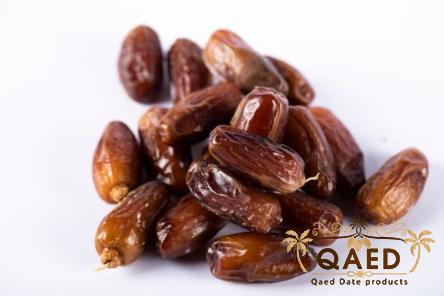 While yellow dry dates are prized for their gentle and golden hue, brown dry dates stand out for their deep and rich taste. Whether you prefer the subtle sweetness of yellow dry dates or the robust flavor of brown dry dates, incorporating dates into your diet can bring a dose of natural sweetness and essential nutrients to your meals. Experiment with both yellow dry dates and brown dry dates in your favorite recipes to discover the unique flavors and textures that these versatile dried fruits have to offer. Whichever variety you choose, yellow or brown, you can be sure that dates will sweeten your culinary creations and nourish your body with a bounty of health benefits. The versatility of dates extends beyond just their use in desserts; they can be incorporated into a wide range of dishes to add natural sweetness and depth of flavor. Yellow dry dates, with their delicate taste and tender texture, are particularly well-suited for blending into smoothies and milkshakes to enhance their flavor profiles and add a touch of sweetness without overpowering the other ingredients. You can also chop up yellow dry dates and toss them into salads or grain bowls to provide a sweet contrast to savory ingredients like greens, nuts, and cheeses. On the other hand, the bold and intense flavor of brown dry dates makes them a standout ingredient in savory dishes like tagines, curries, and sauces. When cooked, brown dry dates release their natural sugars and caramelize, creating a rich and complex sweetness that pairs beautifully with savory spices and proteins.
While yellow dry dates are prized for their gentle and golden hue, brown dry dates stand out for their deep and rich taste. Whether you prefer the subtle sweetness of yellow dry dates or the robust flavor of brown dry dates, incorporating dates into your diet can bring a dose of natural sweetness and essential nutrients to your meals. Experiment with both yellow dry dates and brown dry dates in your favorite recipes to discover the unique flavors and textures that these versatile dried fruits have to offer. Whichever variety you choose, yellow or brown, you can be sure that dates will sweeten your culinary creations and nourish your body with a bounty of health benefits. The versatility of dates extends beyond just their use in desserts; they can be incorporated into a wide range of dishes to add natural sweetness and depth of flavor. Yellow dry dates, with their delicate taste and tender texture, are particularly well-suited for blending into smoothies and milkshakes to enhance their flavor profiles and add a touch of sweetness without overpowering the other ingredients. You can also chop up yellow dry dates and toss them into salads or grain bowls to provide a sweet contrast to savory ingredients like greens, nuts, and cheeses. On the other hand, the bold and intense flavor of brown dry dates makes them a standout ingredient in savory dishes like tagines, curries, and sauces. When cooked, brown dry dates release their natural sugars and caramelize, creating a rich and complex sweetness that pairs beautifully with savory spices and proteins.
…
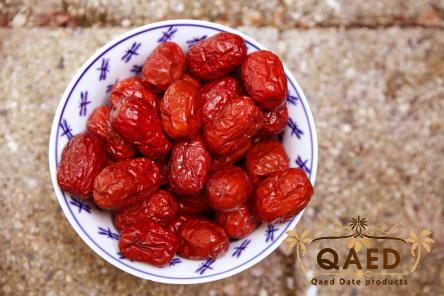 Try adding chopped brown dry dates to braised dishes or roasted vegetables for a touch of sweetness that balances out the savory flavors and adds depth to the overall dish. For those looking to satisfy their sweet tooth, both yellow dry dates and brown dry dates can be used to create decadent desserts that highlight their natural sweetness and unique flavors. Yellow dry dates are perfect for making date paste or date syrup that can be used as a natural sweetener in baking recipes like muffins, cookies, and energy balls. Their soft texture and mild flavor make them easy to blend into smooth and creamy fillings for raw desserts, such as cheesecakes or tarts. Brown dry dates, with their robust and caramelized taste, are a great choice for creating rich and indulgent desserts like sticky toffee pudding, date nut bars, and date caramel sauce. Their chewy texture adds a satisfying element to baked goods and confections, while their deep sweetness pairs beautifully with rich ingredients like chocolate, nuts, and spices. Brown dry dates can also be stuffed with nuts or cheese for a simple yet elegant dessert option that showcases the contrast between the sweet date and the savory filling. Incorporating yellow dry dates and brown dry dates into your culinary repertoire can open up a world of possibilities for creating delicious and nutritious dishes that showcase the natural sweetness and health benefits of these versatile dried fruits. Whether you prefer the gentle flavor of yellow dry dates or the bold taste of brown dry dates, there are endless ways to experiment with these ingredients in both sweet and savory recipes. Next time you’re in the market for dried fruits, consider adding yellow dry dates and brown dry dates to your shopping list and explore the unique characteristics and flavors that each variety has to offer. Whether you enjoy them as a sweet snack, a flavorful addition to savory dishes, or a key ingredient in your favorite desserts, yellow dry dates and brown dry dates are sure to elevate your cooking and satisfy your taste buds with their rich, natural sweetness.
Try adding chopped brown dry dates to braised dishes or roasted vegetables for a touch of sweetness that balances out the savory flavors and adds depth to the overall dish. For those looking to satisfy their sweet tooth, both yellow dry dates and brown dry dates can be used to create decadent desserts that highlight their natural sweetness and unique flavors. Yellow dry dates are perfect for making date paste or date syrup that can be used as a natural sweetener in baking recipes like muffins, cookies, and energy balls. Their soft texture and mild flavor make them easy to blend into smooth and creamy fillings for raw desserts, such as cheesecakes or tarts. Brown dry dates, with their robust and caramelized taste, are a great choice for creating rich and indulgent desserts like sticky toffee pudding, date nut bars, and date caramel sauce. Their chewy texture adds a satisfying element to baked goods and confections, while their deep sweetness pairs beautifully with rich ingredients like chocolate, nuts, and spices. Brown dry dates can also be stuffed with nuts or cheese for a simple yet elegant dessert option that showcases the contrast between the sweet date and the savory filling. Incorporating yellow dry dates and brown dry dates into your culinary repertoire can open up a world of possibilities for creating delicious and nutritious dishes that showcase the natural sweetness and health benefits of these versatile dried fruits. Whether you prefer the gentle flavor of yellow dry dates or the bold taste of brown dry dates, there are endless ways to experiment with these ingredients in both sweet and savory recipes. Next time you’re in the market for dried fruits, consider adding yellow dry dates and brown dry dates to your shopping list and explore the unique characteristics and flavors that each variety has to offer. Whether you enjoy them as a sweet snack, a flavorful addition to savory dishes, or a key ingredient in your favorite desserts, yellow dry dates and brown dry dates are sure to elevate your cooking and satisfy your taste buds with their rich, natural sweetness.

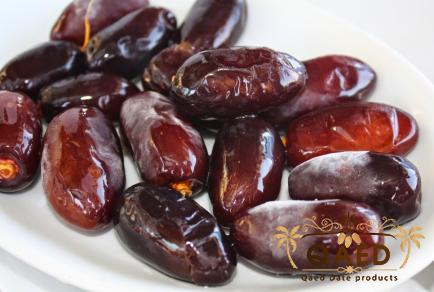
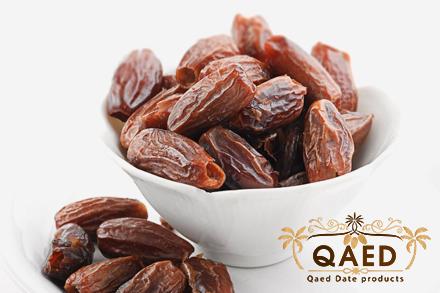
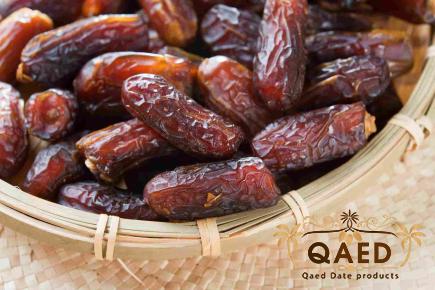
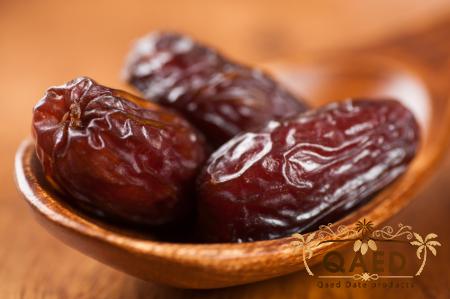
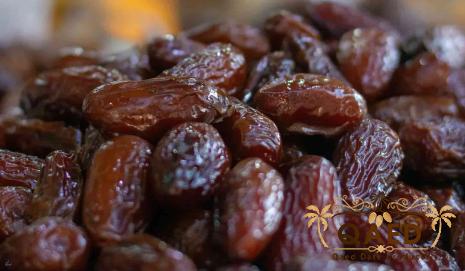
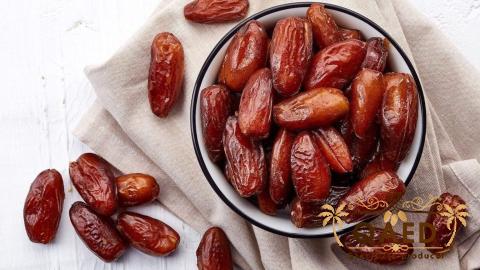
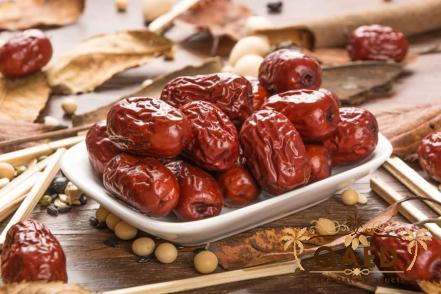
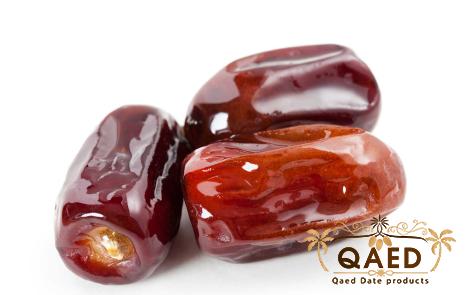
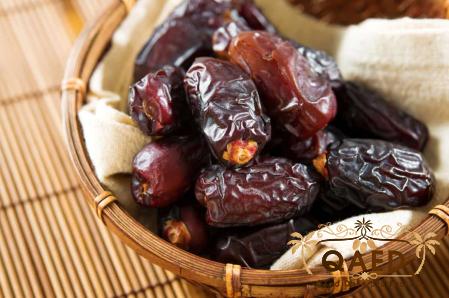

Your comment submitted.